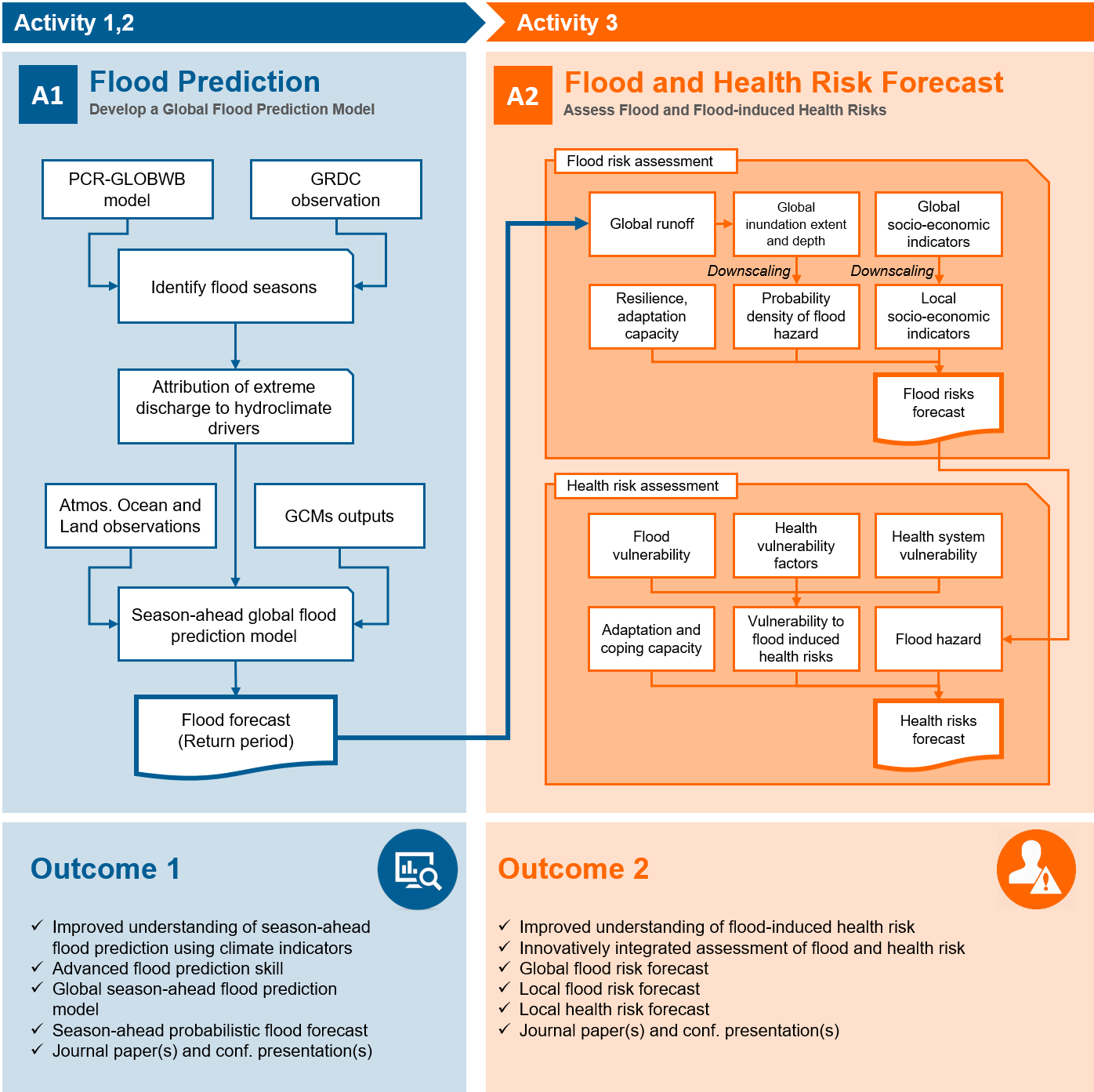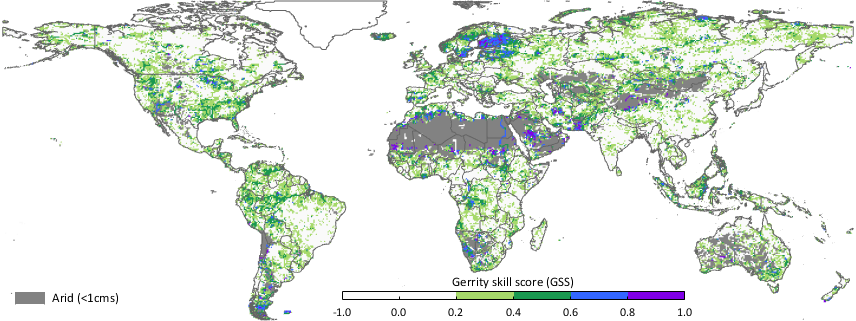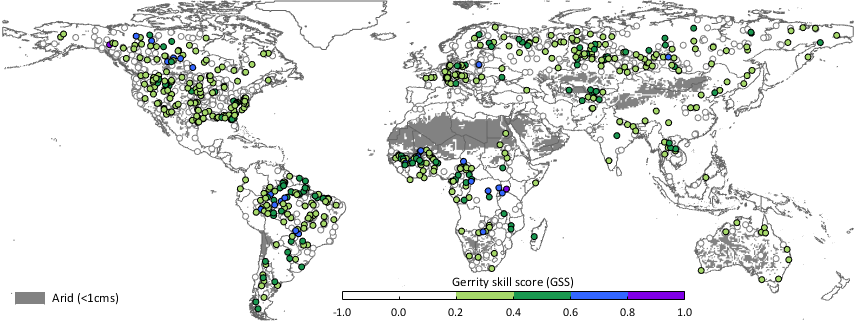Funding Agency: NASA, Global Health Institute, University of Wisconsin-Madison
Award Period: 2015-2020
Flood catastrophes lead all natural hazards in terms of impacts on society. Most floods occur in developing regions and tropical regions where the impact on public health is substantial. The usage of such scientific forecasts on disaster management has been highlighted, however there are limited predictive factors and forecasting techniques for specific health risks, and equally limited capacity to develop the infrastructures for such a health forecasting system, particularly in developing countries. In this project, we propose to develop a global flood prediction model to support disaster preparedness and managements for potential flood and flood-induced public health risks. Advanced long-term flood forecasts and early warning outputs from the model will contribute to developing practical pre-disaster actions and policies under current management systems. The model will be coupled with existing flood risk assessment models and health vulnerability indicators, and then provide innovative health risk forecasts for international and local disaster management agencies and health planners.
The goal of this project is to utilize advanced flood predictions for disaster preparedness and management of potential flood and health risks. This will be addressed through three primary activities (Figure 1; conceptual framework), specifically to:
1. identify global-scale temporal patterns of flood and associated large-scale hydro-climatic drivers
2. develop a season-ahead global flood prediction model
3. assess flood and health risks based on flood forecasts
Figure 1. Conceptual framework of project
Currently, we have done activities 1&2 that are identifying flood patterns and building flood prediction models. From prediction results, we found fair to good prediction skills in many vulnerable areas including West and East Africa, South America, and so on (Figure 2.)
Figure 2. Gerrity skill score (GSS) of season-ahead predictions on global seasonal peak-flow for (upper) simulated global streamflow (PCR-GLOBWB) and (lower) observed streamflow (GRDC).
This also implies potential predictability of flood risks at finer spatial and temporal resolution with corresponding health risk forecast. We will address those analyses in activity 3.
Stakeholders’ Perspectives on Flood Risk and Vulnerability in Peru
(Perspectivas de las partes interesadas acerca del riesgo de inundaciones y la vulnerabilidad en Perú)
View the report here: English, Spanish
Survey associated with the report: English, Spanish
Please cite as: Roland, H.B., Lee, D., Wirz, C. D., Curtis, K.J., Malecki, K., Brossard, D., & Block, P. February 2021. Stakeholders’ Perspectives on Flood Risk and Vulnerability in Peru. A report from the University of Wisconsin-Madison 2020 project: Development of a Forecast-based Flood and Health Risk Management System to Support Advanced Disaster Preparedness.



